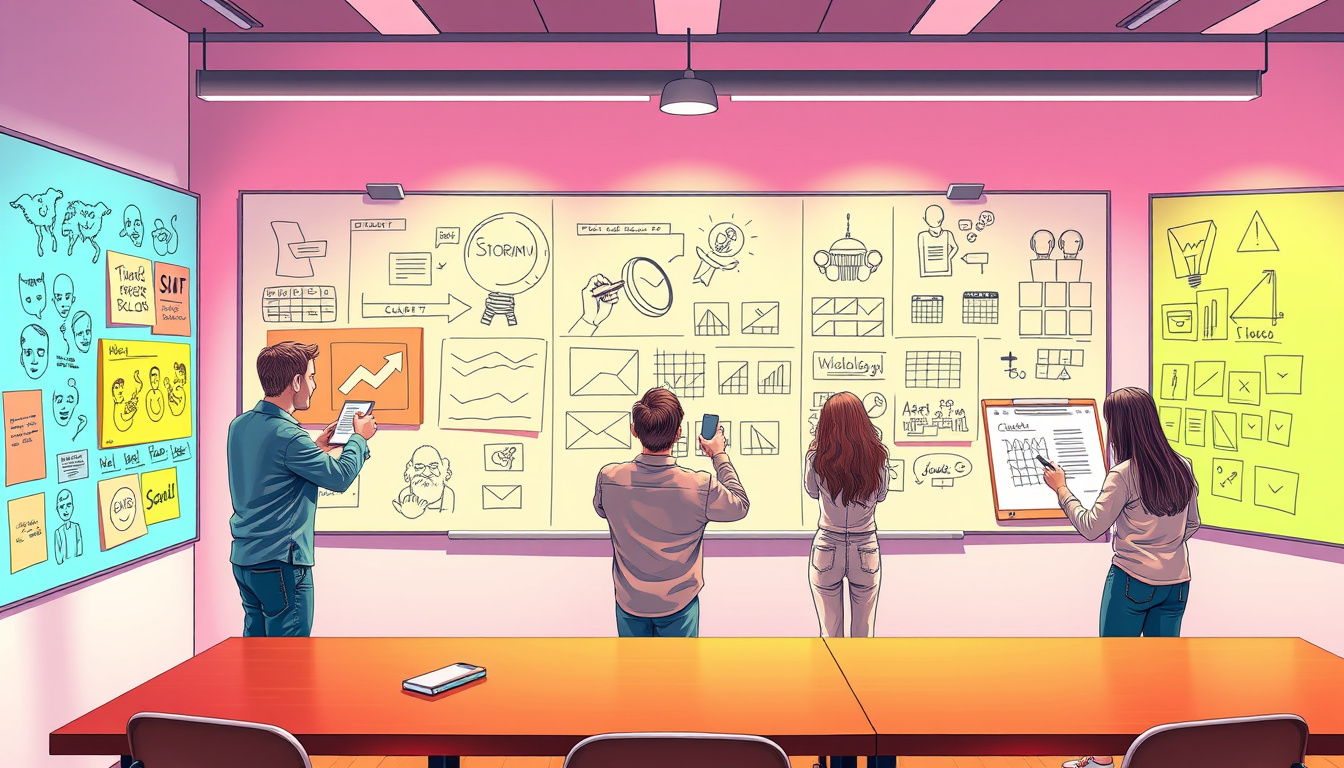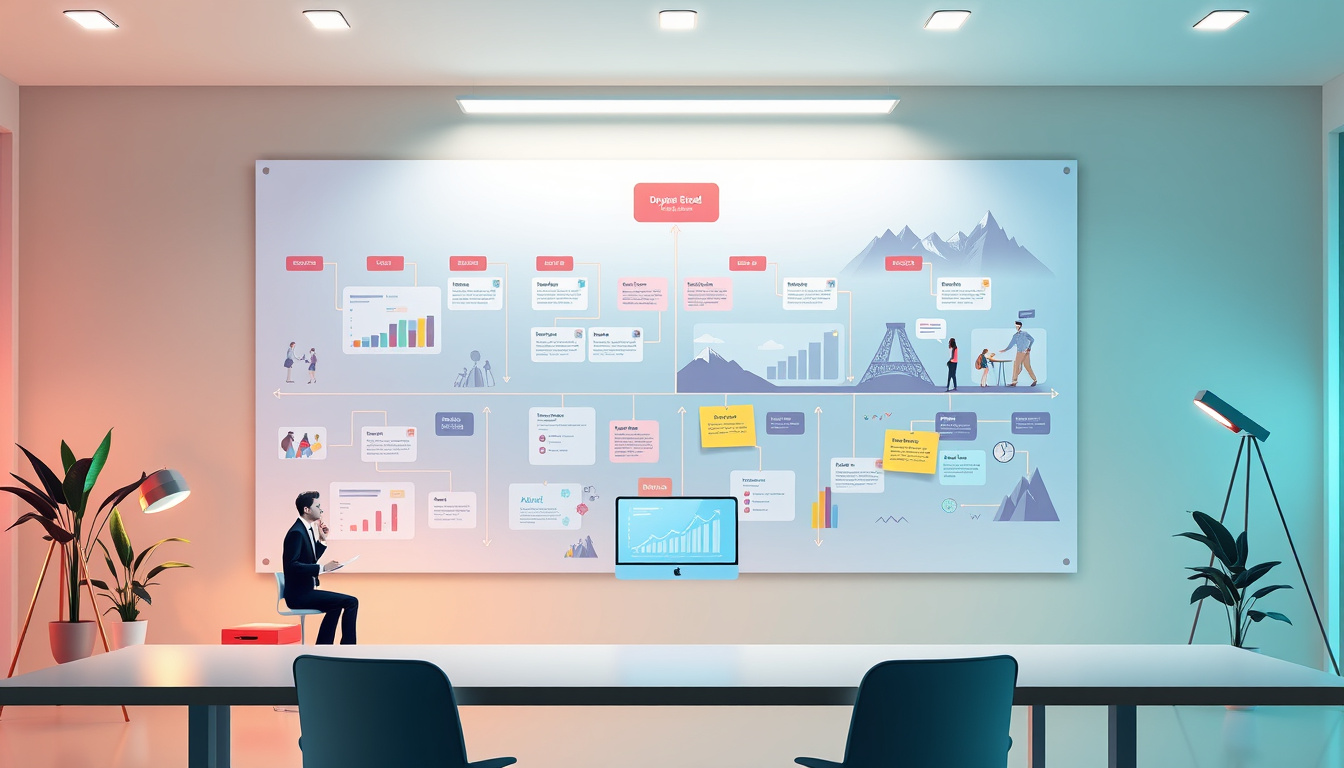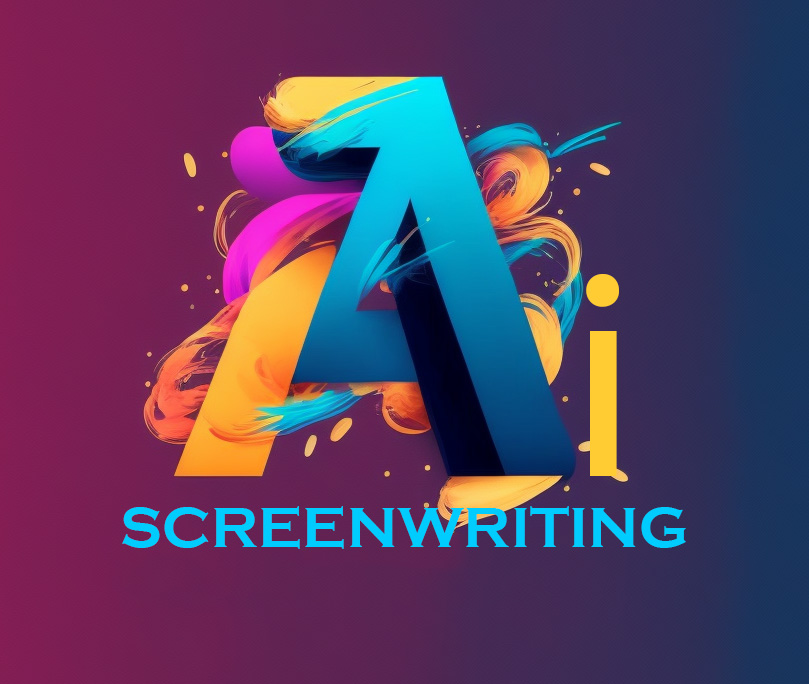
Storyboard planning is an indispensable part of the creative process in various fields such as filmmaking, animation, marketing, and instructional design. When done effectively, storyboard planning not only streamlines project workflows but also ignites creativity and ensures a higher chance of project success. In this article, we will explore the essentials of storyboard planning and how adopting these best practices can transform your projects from concept to completion with clarity and innovation.
What Is Storyboard Planning?
Storyboard planning involves creating a visual roadmap of scenes or project steps using a series of sketches or images accompanied by notes. This method helps teams and individuals visualize the narrative sequence or project flow before significant resources are committed. By breaking down a project into smaller sequence frames, storyboard planning clarifies the story, marketing campaign, or instructional flow, facilitating better communication among stakeholders.
Why Storyboard Planning is Crucial for Creativity and Success
Incorporating storyboard planning early in your project has numerous benefits:
- Enhances Visual Thinking: Seeing your ideas on paper or screen converts abstract concepts into tangible visuals.
- Improves Communication: Team members and clients can better grasp the storyline or process flow, reducing misunderstandings.
- Aligns Vision: Storyboards serve as a reference point ensuring everyone is on the same page.
- Saves Time and Money: Identifying issues or adjustments early prevents costly reworks during later stages.
- Fosters Creativity: Experimenting with different scenes, sequences, or layouts during planning lets creativity flourish without pressure.
Simply put, storyboard planning bridges the gap between imagination and execution, making it essential for any creative endeavor.
Key Elements of Effective Storyboard Planning
To maximize the benefits of your storyboard planning, focus on these essential components:
1. Define Clear Objectives and Scope
Before sketching out your storyboard, clearly understand what you aim to achieve. Define the overall project goal, target audience, and scale. This sets boundaries for the planning process, ensuring the storyboard remains focused and relevant.
2. Develop a Strong Narrative or Flow
Whether you’re creating an animated short, a marketing video, or an instructional course, a coherent narrative or logical flow is fundamental. Identify key moments, transitions, and decision points to guide audience engagement effectively.
3. Use Visuals with Supporting Notes
Each storyboard frame should contain visual representations of scenes or steps. These can be rough sketches, photographs, or digital designs. Beneath or beside each frame, include concise notes explaining actions, dialogue, timing, or technical details.

4. Apply Consistent Formatting and Sequencing
Maintain uniform frame sizes and layouts to keep the storyboard organized. Number frames or sequence them logically to avoid confusion during reviews.
5. Allow Room for Iteration and Feedback
Storyboard planning is an iterative process. Encourage input from team members or clients and be prepared to revise your storyboard frequently to improve clarity and impact.
Step-by-Step Guide to Creating a Winning Storyboard Plan
To get started with storyboard planning, follow this structured approach:
- Brainstorm Ideas: List all concepts and possible scenes relevant to your project.
- Outline the Story or Process: Sketch a rough outline or script highlighting the main beats.
- Select Key Frames: Identify crucial moments or steps that must be illustrated.
- Draw or Create Visuals: Develop simple drawings, digital images, or use existing photos/videos as your storyboard frames.
- Add Descriptions: Write brief notes for each frame specifying action, dialogue, or technical info.
- Sequence the Frames: Arrange the storyboard panels sequentially to reflect narrative or workflow order.
- Share and Gather Feedback: Present the storyboard to your team or stakeholders and collect comments.
- Refine and Finalize: Incorporate feedback to enhance the storyboard plan before starting production.
Tips for Harnessing Technology in Storyboard Planning
Modern tools and applications have revolutionized storyboard planning, making the process more accessible and collaborative:
- Use software like Storyboard That, Adobe Photoshop, or dedicated apps like Boords and StudioBinder for professional and editable storyboards.
- Leverage cloud platforms such as Google Drive or Trello to share and comment on storyboards in real-time.
- Incorporate multimedia elements like audio notes and animation to enrich your storyboard presentations.
According to industry experts at the American Film Institute, digital storyboarding tools significantly enhance iterative creativity and communication efficiency (source).
Common Mistakes to Avoid in Storyboard Planning
Even experienced creators can fall into common pitfalls:
- Overcomplicating frames with excessive detail leading to confusion.
- Skipping initial planning stages and rushing into production.
- Ignoring feedback and revising storyboards infrequently.
- Failing to consider audience perspective leaving gaps in the narrative.
By steering clear of these mistakes, your storyboard planning can be a true catalyst for project success.
Frequently Asked Questions About Storyboard Planning
Q1: What is the main purpose of storyboard planning?
Storyboard planning helps visualize and organize ideas into a coherent sequence, ensuring clarity and alignment before production.
Q2: How detailed should a storyboard be?
Storyboards should be detailed enough to convey the idea clearly but not overly intricate. Simple visuals paired with explanatory notes typically work best.
Q3: Can storyboard planning be used outside of film and animation?
Absolutely. Storyboard planning is effective in marketing, software development, education, and any project needing a clear sequence of ideas or steps.
Conclusion: Elevate Your Projects with Strategic Storyboard Planning
Investing time and effort in storyboard planning equips you with a powerful framework to unleash creativity and drive project success. By clearly outlining your vision, aligning your team, and iteratively improving your concepts, storyboard planning minimizes surprises and maximizes impact. Whether you’re a filmmaker, marketer, educator, or project manager, mastering storyboard planning essentials will transform your ideas into captivating stories and effective project flows.
Ready to boost your creativity and project outcomes? Start integrating structured storyboard planning into your workflow today and experience the difference it makes in bringing your visions to life with clarity and confidence!






